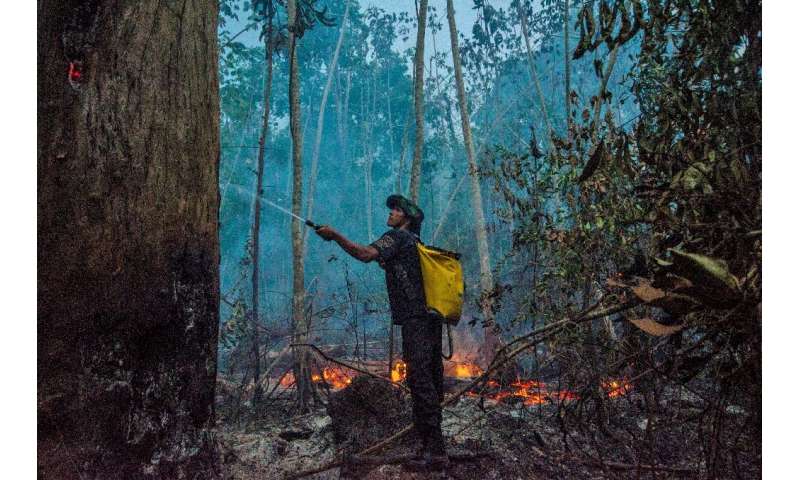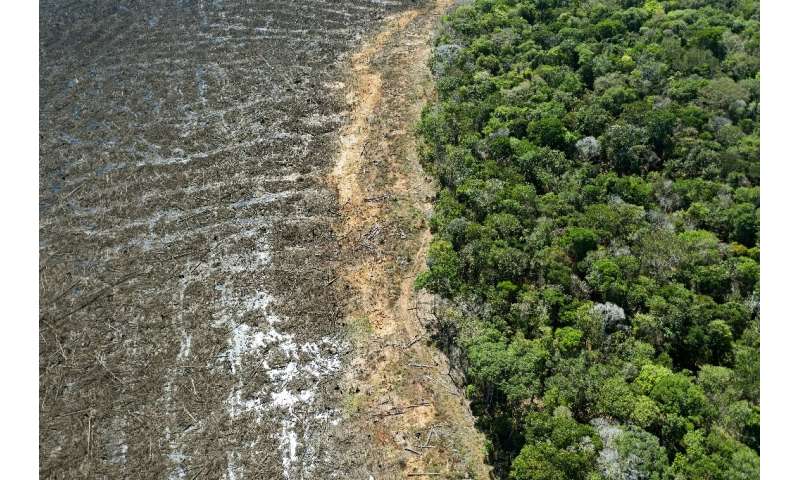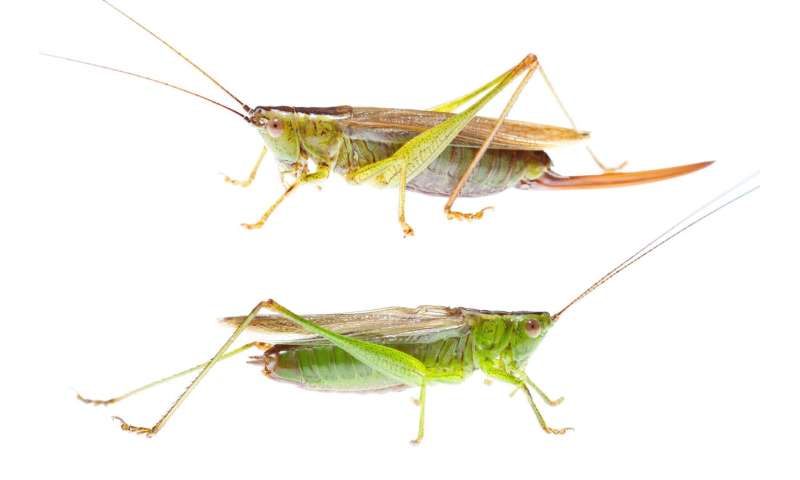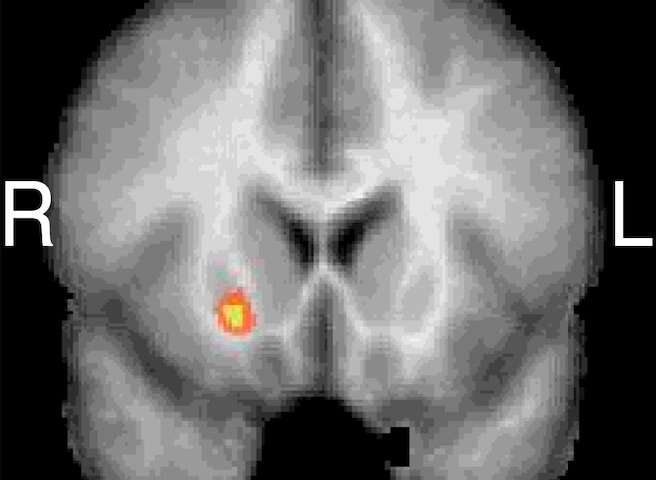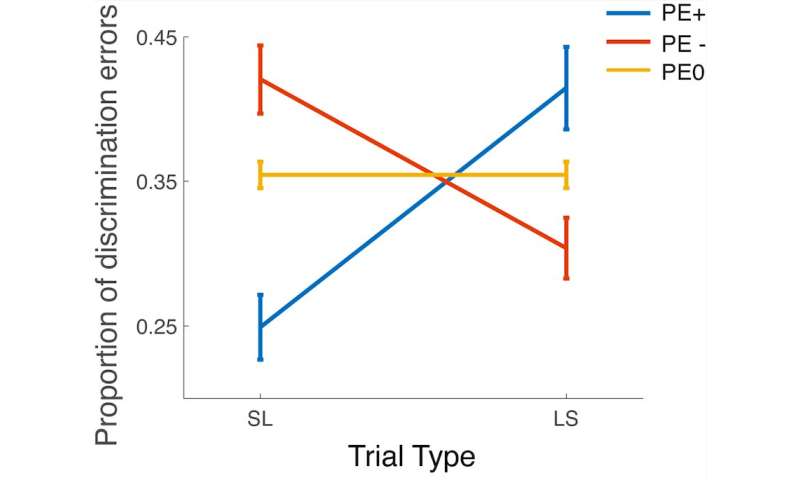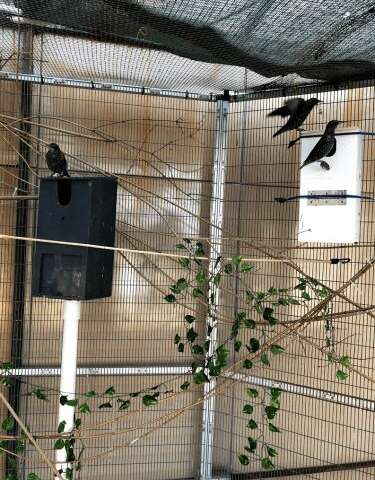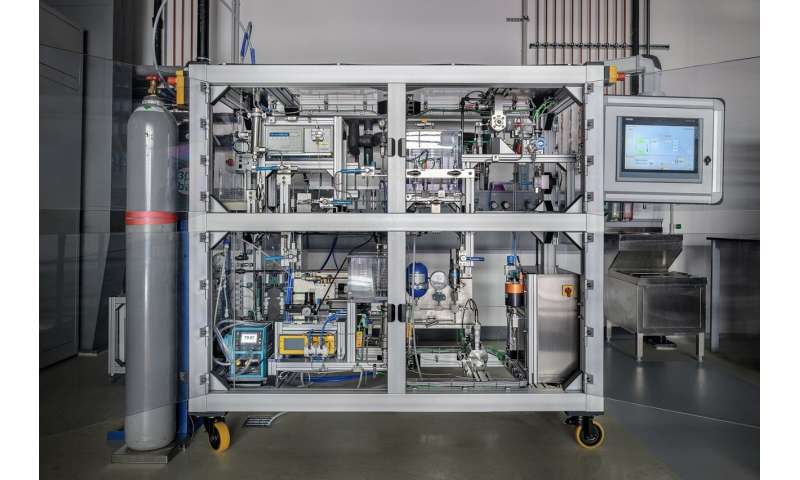
Cambodian soldiers stand at Ream Naval Base in Preah Sihanouk province in July 2019. Photo: EPA
Cambodia has demolished a US-built facility on the country’s largest naval base, according to images published by an American think tank on Friday, amid increasing concern in Washington about China’s access to military bases in the nation.
The Centre for Strategic and International Studies (CSIS) published images that it said showed that the Cambodian government last month demolished a building that the United States had built at Ream Naval Base.
Last year the Pentagon had asked Cambodia to explain why it
turned down an offer to repair the base, saying the decision had raised speculation of possible plans for hosting China’s military.
Cambodia has demolished a U.S.-built facility at the country’s Ream Naval Base, according to satellite imagery collected on October 1. The demolition seems to confirm that changes are underway at Ream and raises questions about rumored Chinese access:
https://t.co/C1w5qeqneU
pic.twitter.com/HU7E5K11kJ
— AMTI (@AsiaMTI)
October 2, 2020
The Pentagon on Friday said it was concerned about reports that the US-funded Cambodian Navy tactical headquarters facility had been demolished and had asked the Cambodian government for an explanation.
“We have concerns that razing the facility may be tied to Cambodia government plans for hosting People’s Republic of China (PRC) military assets and personnel at Ream Naval Base,” the Pentagon said in a statement.
The Cambodian embassy in Washington did not immediately respond to a request for comment.
The Cambodian government has denied reports that China had reached a secret deal with Cambodia to let it place forces at the base, saying that hosting foreign forces would be against Cambodia’s constitution.
The base is southeast of the port city of Sihanoukville, centre of a Chinese-led casino boom and a Chinese-run Special Economic Zone.
Cambodia is one of China’s closest allies in Southeast Asia and has received billions of dollars of Chinese aid as well as political backing for authoritarian Prime Minister Hun Sen in the face of Western criticism.
Cambodia has been wary of superpower rivalry since being devastated by fighting between US and Chinese proxy forces in the 1970s that culminated in the Khmer Rouge genocide.
This article appeared in the South China Morning Post print edition as: US fears Beijing link to razing of facility






